Read Aloud Thursday: It’s a Butterfly’s Life
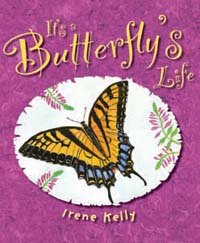 Believe it or not, we’ve been reading The Burgess Bird Book faithfully every day since I posted on it on July 28. We’ve also made a few forays into others works as well, including Parables from Nature, A Wonder Book for Boys and Girls, The Blue Fairy Book, and an assortment of picture books. It will come as no surprise to anyone who’s stopped by this blog lately that one of them features caterpillars!
Believe it or not, we’ve been reading The Burgess Bird Book faithfully every day since I posted on it on July 28. We’ve also made a few forays into others works as well, including Parables from Nature, A Wonder Book for Boys and Girls, The Blue Fairy Book, and an assortment of picture books. It will come as no surprise to anyone who’s stopped by this blog lately that one of them features caterpillars!
We’ve enjoyed Irene Kelly’s It’s a Hummingbird’s Life for the past year or two. This week we read It’s a Butterfly’s Life, which shares all the same appealing qualities:
- detailed information about a variety of butterflies
- engaging writing
- gorgeous, delicate watercolor illustrations
- a sense of wonder
We happen to be in the process of observing some monarch caterpillars undergoing metamorphosis, and this book adds momentum to the excitement by making us realize how many other kinds of butterflies there are out there, and how their life histories reflect an amazing diversity. So many different styles of pupae. So many unique adaptations. So many host plants, patterns of coloration, and ways of dealing with predators.
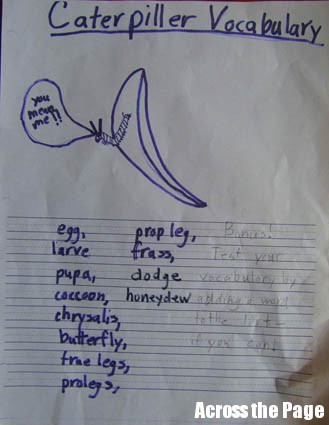 We’ve added some words to our vocabulary list from this book, as Older Daughter’s list makes plain. I think we got “dodge,” “honeydew,” and “frass” from It’s a Butterfly’s Life. There aren’t many occasions in life when a word like “frass” is relevant, but this week it is, and we’ve been making the most of it.
We’ve added some words to our vocabulary list from this book, as Older Daughter’s list makes plain. I think we got “dodge,” “honeydew,” and “frass” from It’s a Butterfly’s Life. There aren’t many occasions in life when a word like “frass” is relevant, but this week it is, and we’ve been making the most of it.
(I see the misspellings, by the way. But I’m following Anna Botsford Comstock’s advice in the Handbook of Nature Study. About the keeping of a nature journal, she writes,
The book should be considered the personal property of the child and should never be criticized by the teacher except as a matter of encouragement; for the spirit in which the notes are made is more important than the information they cover… The notebook should not be regarded as a part of the work of English. The spelling, language, and writing of the notes should all be exempt from criticism…
I have to say that I see some very positive results from taking this approach with the nature journal. The girls are beginning to have fun with their notebooks, and to take some real ownership of them.)
It’s a Butterfly’s Life is a must-read if you’re looking for an attractive, informative resource for studying butterflies with young children.
To see what others are reading this week, click on the button to visit Read Aloud Thursday. Below the button, I’m going to post the latest progress report in our butterfly observation here at home. Feel free to stay and look at the pics if you’re interested. Otherwise enjoy the reading roundup!
Here’s the latest on Goliath, Peeper, and Caractacus, our three caterpillars who remain caterpillars. (Posts here and here give some details of how we acquired them.)
Goliath has grown from 5mm to 7 or 8mm between yesterday and today.
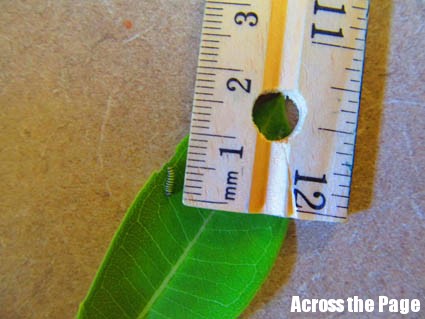
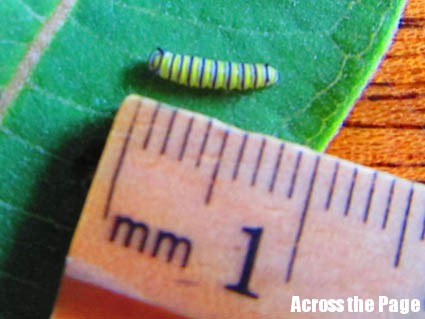
Peeper too has grown, and has lost his burden of old skin dangling by an antenna.
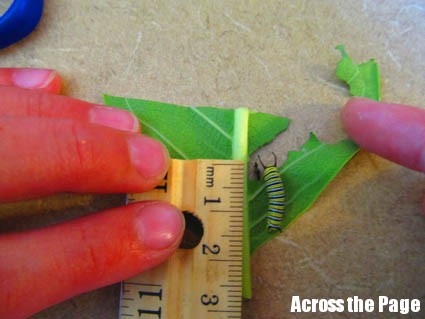
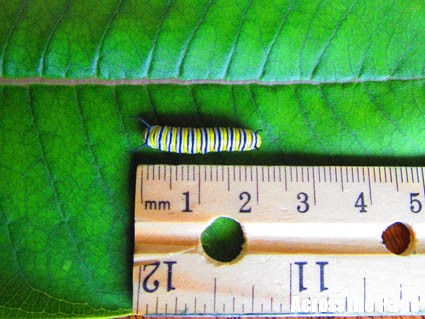
I’ve read that caterpillars increase in size 27,000 times in their few weeks as caterpillars, and though it sounds extreme I certainly see rapid growth.
But Caractacus the mystery caterpillar has made the most dramatic changes.
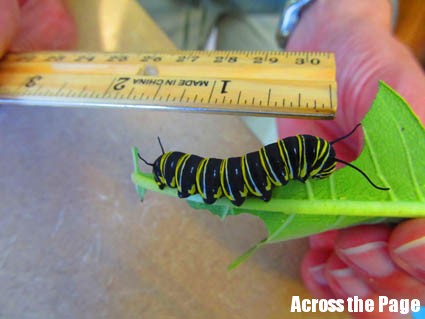
Yesterday he crawled restlessly around his jar, escaping twice, and clearly not happy with the accommodations. Finally he settled for the screen at the top to spin himself a button.
Since last night, he’s been just hanging around.
What will his chrysalis look like? Like Houdini’s, now around 72 hours along?
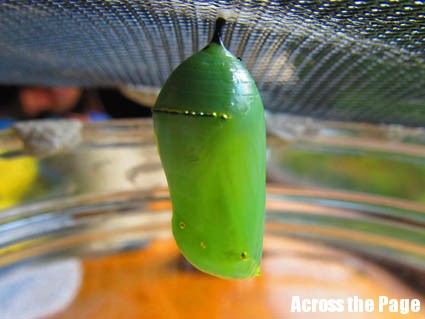
Is he a monarch with variant markings, or some other species of caterpillar altogether? Hopefully the process will run to its conclusion without a hitch, and we’ll find out when he emerges with wings. Otherwise I’ll take my pictures to one of the local nature centers and see if they can help us out.
For now it’s a little like Christmas Eve.

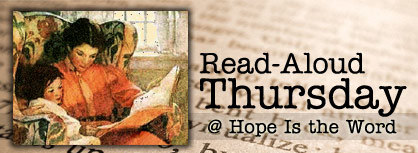
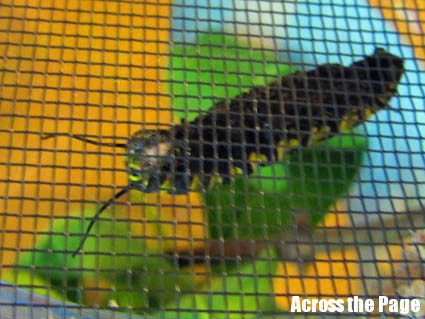
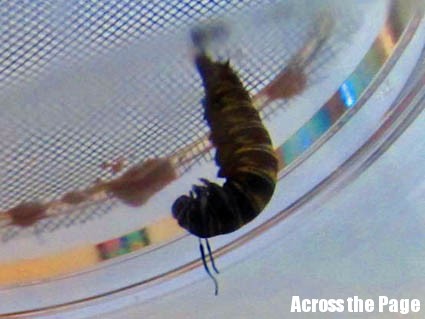
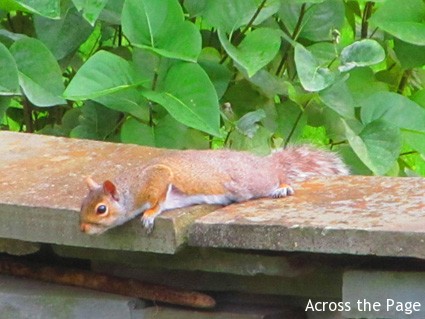
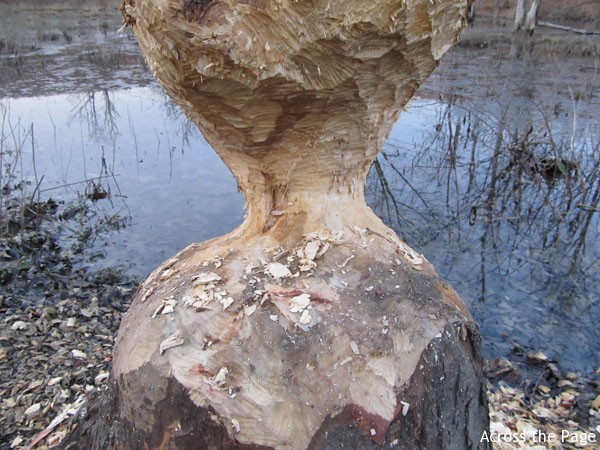
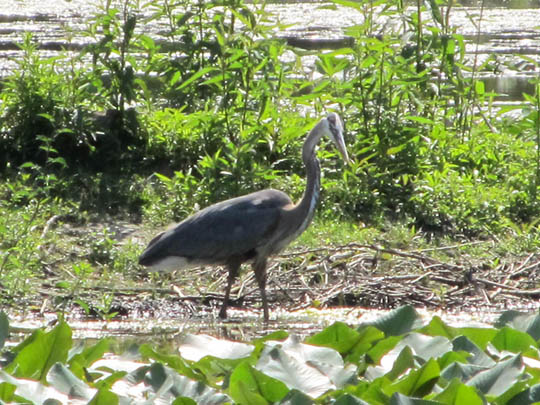
4 Comments
Amy @ Hope Is the Word
Oh, I LOVE this, Janet. (Hmmm. . . how many times can I say this on your blog, I wonder. . . ) I’m actively looking for milkweed around here so we can have our own fun! This book looks great, too-there are so many good butterfly books, aren’t there?
As a side note, what exactly do you do with vocabulary? (I guess I mean how do you handle vocabulary?) It’s something I’ve been thinking we need to add somehow to our school days.
Janet
It comes up naturally when we’re looking at something: “What do you call those thingies?” And then I try to use the terms from then on. Sometimes we keep a list, if there are a lot of words for something we’re learning about (like caterpillars!). But the most important part to me is if we incorporate the words into our talk.
When Daddy comes home at the end of the day, that’s a time I’ve begun to recognize as prime oral-narration time. The girls seem naturally motivated to summarize what they’ve learned or done. I listen for (and sometimes prompt) the vocabulary then, especially.
Amy @ Hope Is the Word
Yes, we naturally talk about vocabulary often, too. I guess I’m always a little nervous if I haven’t done anything to check the imaginary box. ;-)
Janet
That imaginary box is one of several things we have in common!